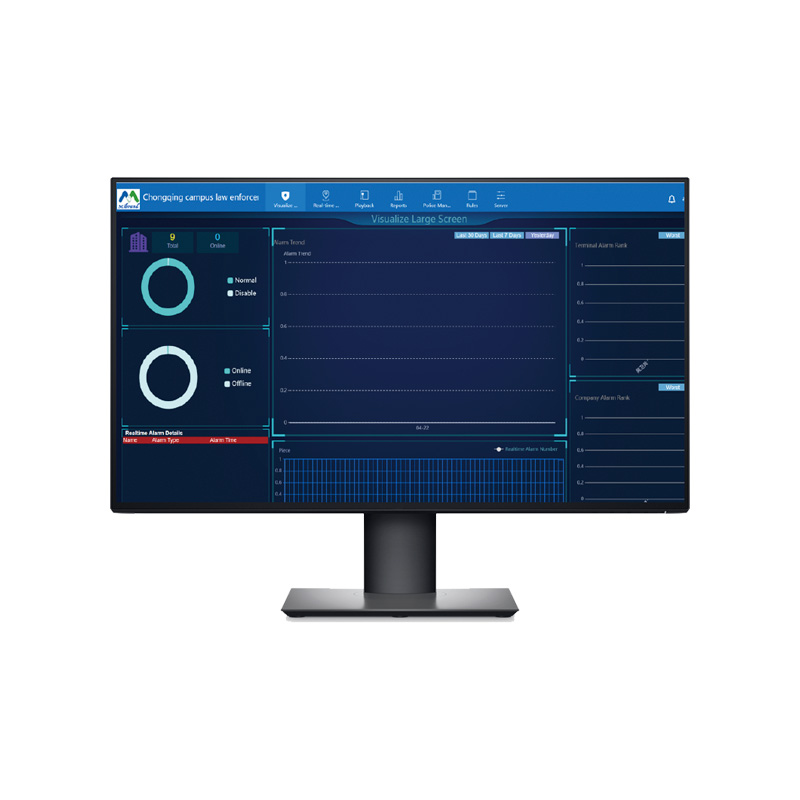Long-distance point-to-point or point-to-multipoint wireless network transmission. In many cases, it is necessary to establish a wireless LAN of more than 10 km. Such a network can be called long-distance wireless networking.

To set up such a network, you need to pay attention to the following points:
1. Site Selection
The site selection needs to meet the clearance requirements of the Fresnel radius pair, and there should be no obstruction in the wireless link.
2. Set Up A Relay
●If the occlusion cannot be avoided, such as the presence of tall buildings, hills and mountains in the link, you need to choose an appropriate location to set up a network trunk. The position relationship between the two points before and after the relay point shall meet the conditions of item1.
●When the distance between the two points exceeds 40 kilometers, it is also necessary to set up a relay station at a suitable location in the link to provide transmission relay for long-distance signals. The position relationship between the two points before and after the relay point shall meet the conditions of item1.
3. Frequency
● The location of the site should pay attention to the surrounding spectrum occupation and try to stay away from the surrounding strong electromagnetic radiation sources to avoid electromagnetic interference as much as possible. When it is necessary to build with other radio transmitting equipment addresses, it is necessary to select anti-interference means in a targeted manner to improve system stability.
● The channel selection of station wireless equipment should use idle channels as much as possible to avoid co-channel interference. If it cannot be completely avoided, appropriate polarization isolation should be selected to reduce the impact of co-channel interference.
● When there are multiple wireless devices installed at a site, the working frequency selection should be enough spacing between channels to reduce spectral interference between devices.
4. Antenna
● When point-to-multipoint, the central device should use a high-gain directional antenna, and the power divider can be used to link directional antennas pointing in different directions to adapt to the unused spatial distribution of peripheral points.
● The antenna feeder system supporting equipment should be appropriately selected to leave enough antenna gain margin to resist other fading in long-distance links, such as rain decay, snow decay, and other fading caused by extreme weather.
5. Rules and Standards
● The equipment of the site should meet the national rules and meet the standards of waterproof, lightning protection and grounding.
● If the field inferiority power supply is used, the stable range of the power supply should also meet the normal working requirements of the equipment.
Post time: Feb-07-2023





